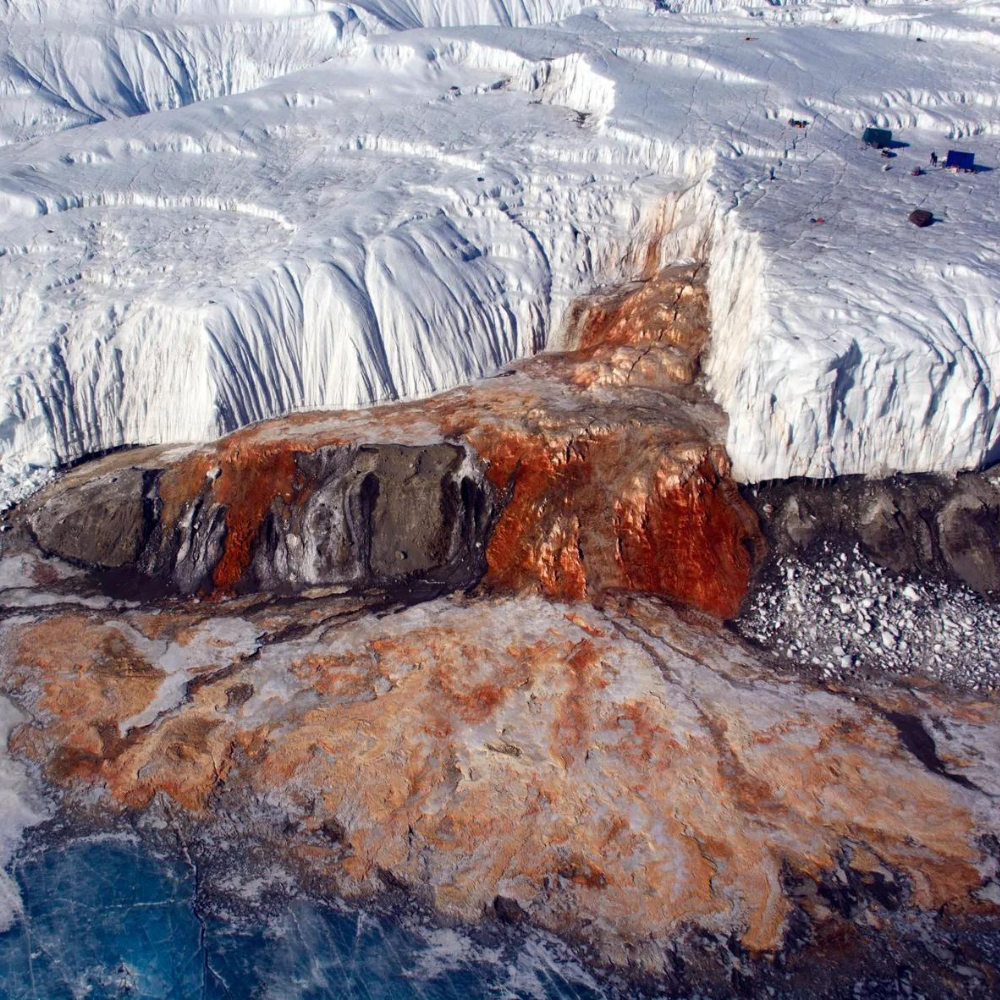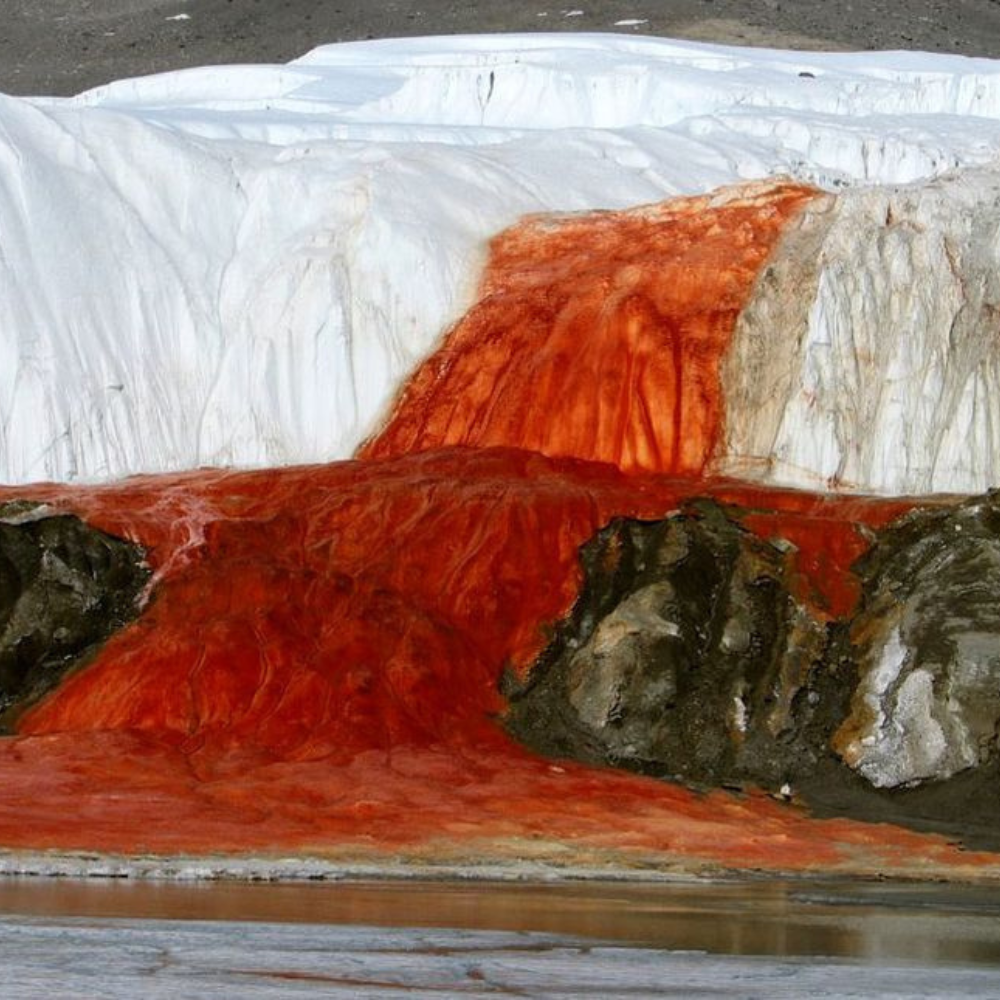
In the remote wilderness of Antarctica, nestled amidst the icy expanse of Taylor Glacier, lies a captivating phenomenon known as Blood Falls. Since its discovery over a century ago, this enigmatic glacier outlet has puzzled scientists and explorers alike with its blood-red appearance. However, thanks to recent scientific advancements and thorough investigations, the mystery behind Blood Falls has finally been unraveled.
Scientists’ Journey to Blood Falls

The intrigue surrounding Blood Falls dates back to 1911 when a British expedition crew first stumbled upon the peculiar sight. Observing a glacier seemingly ‘bleeding’ onto a frozen lake, they bestowed the name “Blood Falls” upon this unique spectacle. For years, researchers pondered over the true cause of this crimson flow, with various theories and speculations emerging. It wasn’t until 2006 and again in 2018 that a team of US scientists embarked on a journey to Blood Falls, armed with cutting-edge technology and equipment.
The Chemistry Behind the Crimson Flow

Materials scientist Ken Livi from Johns Hopkins University played a crucial role in the study, examining the collected samples under a microscope. To his surprise, he noticed the presence of tiny nanospheres rich in iron, resembling minuscule blood cells. Further investigations revealed that these nanospheres originated from ancient microbial communities residing hundreds of meters beneath the glacier’s surface. These nanospheres, a hundredth the size of human red blood cells, contain a mix of silicon, calcium, aluminum, sodium, and iron. When the glacier’s meltwater emerges into the open, encountering sunlight, oxygen, and warmth after a prolonged period of isolation, the unique composition of these nanospheres contributes to the striking red coloration of Blood Falls.
Life Beyond Earth

The ancient microbial community thriving beneath Taylor Glacier offers valuable insights into the possibility of hidden life forms on other planets. However, the research also highlights the challenges of detecting such life, emphasizing the need for advanced equipment and methods tailored to the nanoscale structures and non-crystalline materials that may be present.